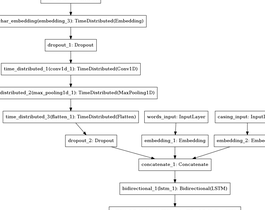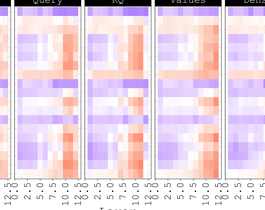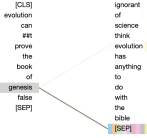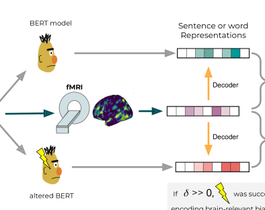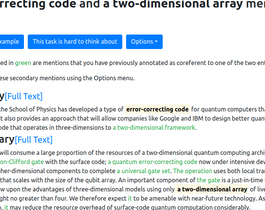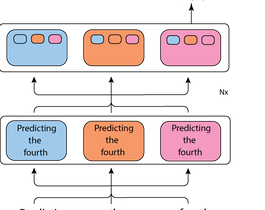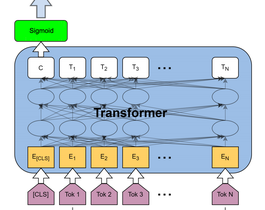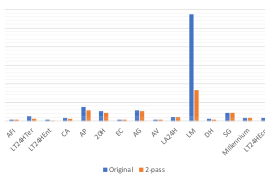Spark NLP: Natural Language Understanding at Scale
Abstract Spark NLP is a Natural Language Processing (NLP) library built on top of Apache Spark ML. It provides simple, performant & accurate NLP annotations for machine learning pipelines that can scale easily in a distributed environment. Spark NLP comes with 1100+ pretrained pipelines and models in more than 192+ languages. It supports nearly all the NLP tasks and modules that can be used seamlessly in a cluster. Downloaded more than 2.7 million times and experiencing 9x growth since January […]
Read more